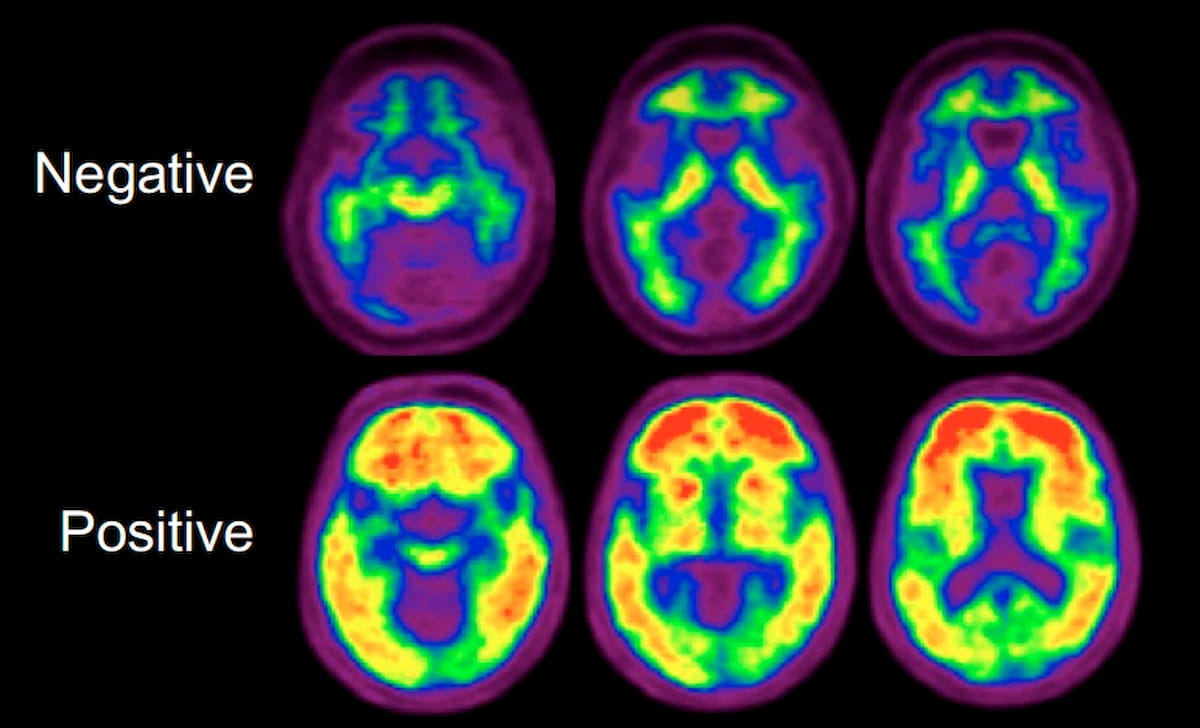SNMMI Issues New Appropriate Use Criteria for Amyloid PET and Tau PET Imaging
The appropriate use criteria (AUC) reflect updates to the 2013 AUC for amyloid PET and new criteria for tau PET in the diagnosis and monitoring of patients with mild cognitive impairment (MCI).
In light of recent advances for the treatment of Alzheimer’s disease (AD) and new developments in reimbursement for the use of diagnostic radiopharmaceuticals, the Society of Nuclear Medicine and Molecular Imaging (SNMMI) and the Alzheimer’s Association have issued new appropriate use criteria (AUC) for the employment of positron emission tomography (PET) in patients with mild cognitive impairment (MCI).
The new AUC reflects the first updates for amyloid PET since the original AUC from 2013 as well as new criteria for tau PET, according to SNMMI.
Here are 11 takeaways from the newly released AUC.
1. For patients younger than 65 years of age who present with MCI or dementia syndrome with suspected AD, the AUC indicates a high confidence in appropriate use of amyloid PET. In an update to the AUC, there is also high confidence in amyloid PET for determining patient eligibility for approved amyloid-targeting therapy.
2. For the aforementioned clinical scenarios, there is moderate confidence in the use of tau PET, according to the AUC.
3. While there is moderate confidence for the use of amyloid PET in patients presenting with MCI or dementia consistent with AD pathology in those > 65 years of age, the AUC suggests uncertainty about the use of tau PET in this patient population but notes the possibility of appropriate use.
Here one can positive and negative brain positron emission tomography (PET) scans with flutemetamol (18F) (Vizamyl, GE HealthCare). The Society of Nuclear Medicine and Molecular Imaging (SNMMI) and the Alzheimer’s Association have issued new appropriate use criteria (AUC) for amyloid PET and tau PET. (Images courtesy of the Journal of Nuclear Medicine.)

4. When there are atypical features of AD pathology (ranging from non-amnestic clinical presentation to an etiologically mixed presentation) in patients presenting with MCI or dementia, the AUC is “somewhat confident” in tau PET tracer use with a moderate confidence level for amyloid PET.
5. For determining disease severity or monitoring the progression of disease in patients diagnosed with MCI or dementia due to AD, the AUC indicates uncertainty with tau PET with a possibility that it is rarely appropriate. The AUC maintains with a high degree of confidence that amyloid PET use is rarely appropriate in this patient population.
6. In one of the updates for amyloid PET, the AUC suggests moderate confidence in appropriate use of these tracers for monitoring patient response to amyloid-targeting therapy. The evidence is inconclusive or lacking for use of tau PET in this patient population, according to the AUC.
Ascertaining the Prognosis of Patients with Suspected Alzheimer’s Disease Pathology
7. To inform the prognosis of patients with MCI and clinical suspicion of AD, the AUC notes moderate confidence with amyloid PET and is “somewhat confident” with the use of tau PET for these patients.
8. To inform the prognosis of patients with dementia and suspected AD pathology, the AUC is somewhat confident in the use of tau PET, but expresses uncertainty with regard to amyloid PET tracers, noting a possibility that these tracers are rarely appropriate in this patient population.
Where the New AUC Stands on Imaging for Lewy Body Disease
9. While expressing uncertainty about tau PET for patients with prodromal Lewy body disease or dementia with Lewy bodies (DLB), the AUC acknowledges the possibility that it may be appropriate in rare situations. For these patients, the AUC indicates moderate confidence that amyloid PET is rarely appropriate.
How Cerebrospinal Fluid Biomarker Results Impact Appropriateness of Amyloid PET and Tau PET
10. When there are conclusive cerebrospinal fluid (CSF) biomarker results for patients presenting with MCI or dementia, the AUC is somewhat confident that amyloid PET is rarely appropriate. While noting uncertainty about tau PET in this patient population, the AUC indicates the possibility that tau PET tracer use is appropriate.
11. When there is inconclusive or equivocal CSF biomarker results for patients with MCI or dementia, the AUC expresses moderate confidence in amyloid PET and indicates the possibility that tau PET tracer use is appropriate albeit with a degree of uncertainty.
The Reading Room Podcast: Current Perspectives on the Updated Appropriate Use Criteria for Brain PET
March 18th 2025In a new podcast, Satoshi Minoshima, M.D., Ph.D., and James Williams, Ph.D., share their insights on the recently updated appropriate use criteria for amyloid PET and tau PET in patients with mild cognitive impairment.
GE HealthCare Launches PET MPI Agent Flyrcado at ACC Conference
March 28th 2025The positron emission tomography myocardial perfusion imaging (PET MPI) agent, which offers a significantly higher half-life than other cardiac PET agents, was recently granted pass-through payment status by CMS that will go into effect on April 1, 2025.